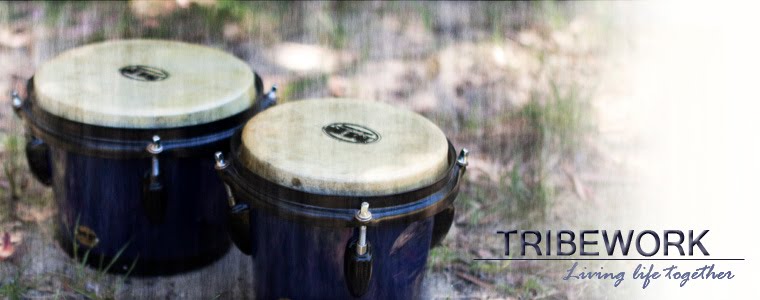Manipulation is
the form that abusers take, and there is a dual nature common to those
threatened enough:
“It is not unusual for abusive people to act like both a lion
and a lamb in the course of being confronted. The lion intimidates, producing
in others feelings of fear and desires to flee. The lamb pleads, producing in
others feelings of sympathy and desires to extend help.”
— Wade Mullen
I’ve seen the lion one minute and the lamb five minutes later.
It led me — someone who’s dealt with union heavies, tough tradies, weight
lifters, prisoners, drug addicts and alcoholics for much of my life — to feel
about as insecure as I ever have. Completely thrown for how to think, feel or
respond. This particular moment, after the danger passed, I just broke down. A
grown man reduced to nothing in the space of a few moments.
The tactics, for they are manoeuvres for influence, are used in
an arsenal of trickery, that they themselves will vigorously deny. You never
know where you stand when you don’t know who you’re dealing with. And, in these
kinds of moments, you never truly do. One of these moments is enough to
generate a trauma response.
The lion is enraged, a visceral ball of explosive capacity,
riled up and ready to enforce the action they think is required. The roar is
either deafening or eerily seething, in a kind of just-you-wait attitude. This
is a creature when you’re in the midst of the situation whom you just do not
want to cross.
The lamb is the pretence of purity possibly a lot of the time,
demure and easy to please. But the lamb is especially reeled out when you’re a
quivering mess from one of those lion outbursts. The lamb comes in to placate
you, and to calm you down so they don’t have to face the consequences of their
actions. The lamb presents before the court of one’s peers. Only those close to
the abuser see the lion.
We all have capacity for the lion and the lamb in us. We all do.
But it’s those who make a craft of these two in a dual nature who are
especially pathological. The lamb charms us for a time, before we get a glimpse
of the lion, possibly when we say our first ‘no’. Then, the lion prowls from
within, and when we’re especially cognisant of the lion, the fear of re-traumatisation
is brutally real. Indeed, just the mere thought of the threat is enough to spark
a physiological response we cannot control.
Be wary of this dual nature. Ordinary couples especially should
talk about this. It should be talked about in pre-marriage education. It can
arise in workplaces and in churches. A problem might arise if it cannot be
spoken about; if it’s too close to home. In that case, it’s not advisable to discuss
it, because it could provoke a confrontation that could be traumatic.
If this is the case, be in dialogue with those safe persons you
trust.
Go to someone who will believe your perception. Most of the time
we ourselves want to downplay matters of abuse. Do not make excuses for the
abuser.


No comments:
Post a Comment
Note: Only a member of this blog may post a comment.